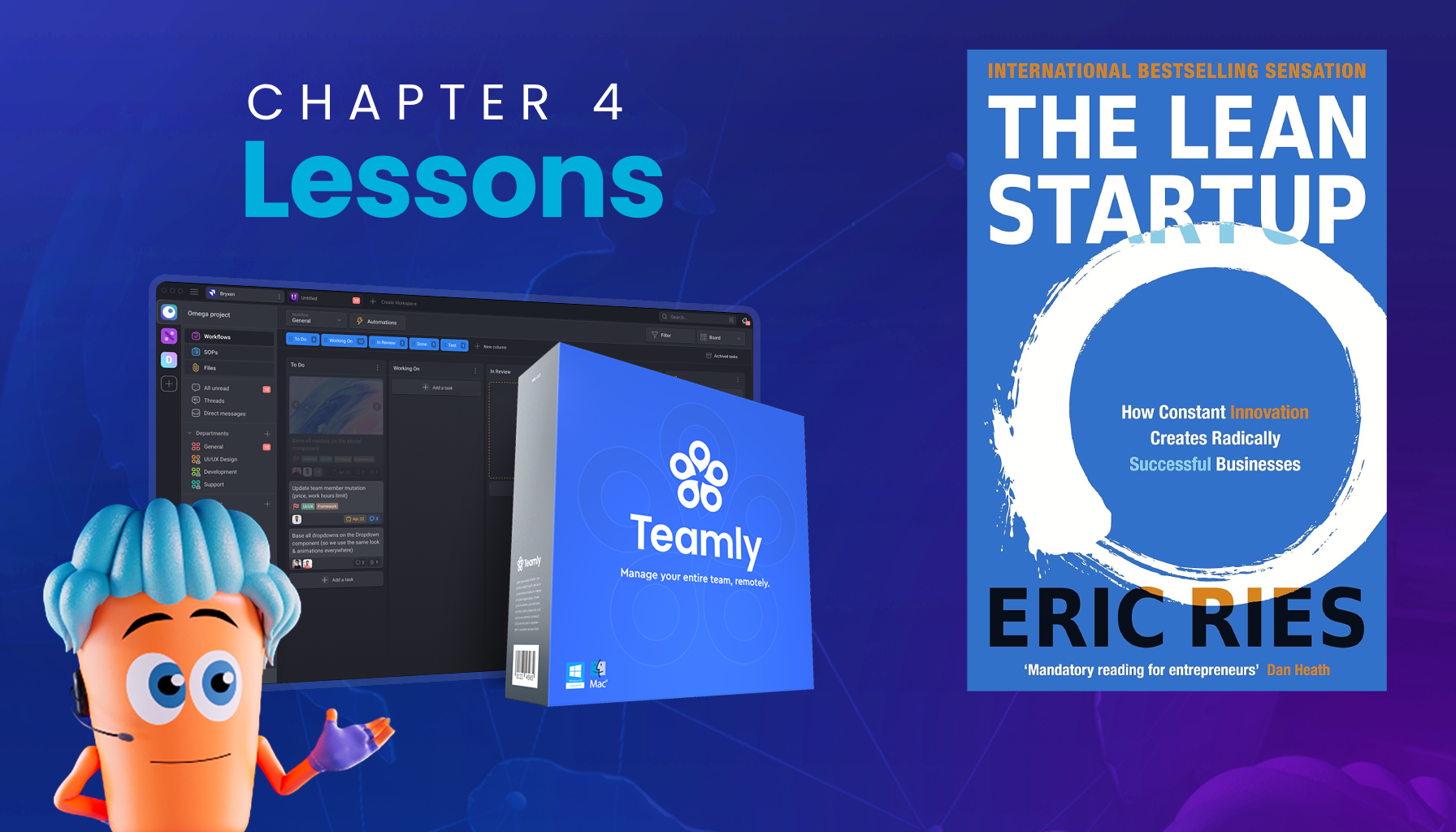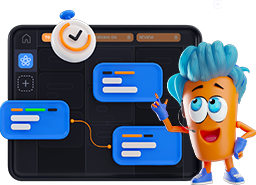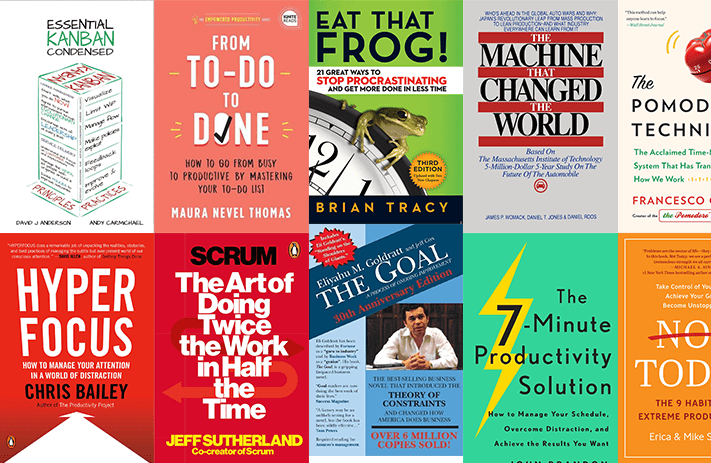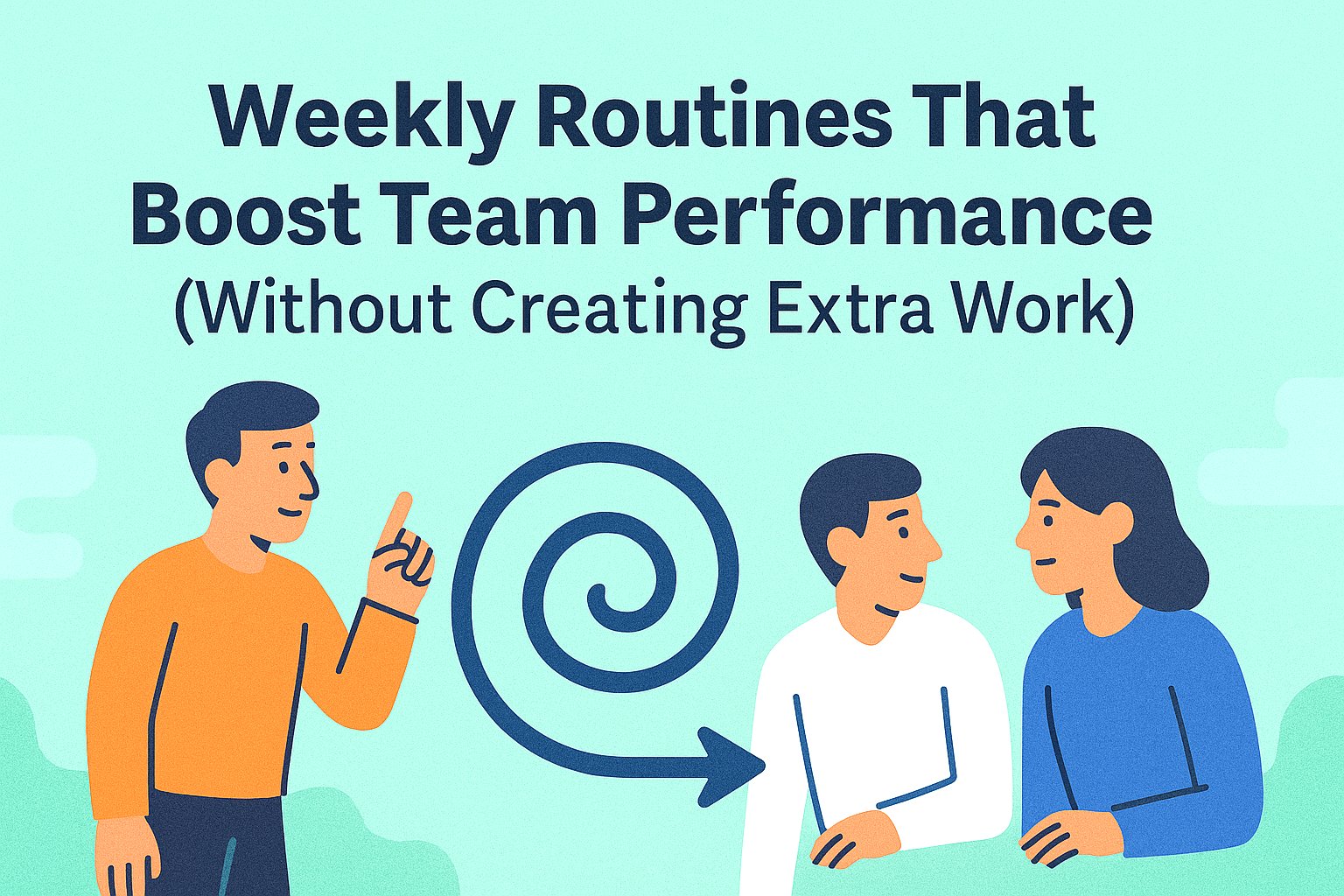
Click the button to start reading
Lessons from The Lean Startup By Eric Ries: Chapter 4
What if success in business wasn’t about elaborate plans, but instead about small, deliberate experiments?
In Chapter 4 of Eric Ries’ groundbreaking book, The Lean Startup, this revolutionary idea takes center stage. Ries argues that the heart of innovation lies in continuous learning and testing assumptions through real-world experiments.
The concepts in this chapter resonate deeply with companies of all sizes, offering practical steps to turn uncertainty into progress. This blog dives into the key lessons and actionable insights from Chapter 4, revealing how experimentation can transform startups and established organizations alike.
The Role of Experiments in Startups
Every startup begins with a vision, but how do founders determine which aspects of that vision will succeed?
Ries makes the case for experimentation as the cornerstone of entrepreneurial success. By starting small and testing hypotheses, companies can uncover valuable insights without committing to large, potentially wasteful initiatives.
One standout example is Zappos, the online shoe retailer. Founder Nick Swinmurn tested his idea with a simple experiment: he partnered with local shoe stores, took pictures of their inventory, and listed them online.
When customers purchased shoes, he bought them at full price and shipped them. This experiment validated demand for online shoe shopping without requiring major investments in warehouses or logistics.
This principle applies to organizations beyond startups. For example, established companies can use small experiments to test customer preferences before launching new products or services. It’s a reminder that even the simplest tests can unlock critical insights.

Breaking Down Assumptions
Ries highlights the importance of identifying and testing two types of hypotheses: the value hypothesis and the growth hypothesis.
The value hypothesis explores whether a product truly delivers value to customers. For instance, Kodak Gallery’s team initially assumed users would easily adopt their new event album feature.
Early testing, however, revealed usability challenges and missing features that needed to be addressed.
The growth hypothesis, on the other hand, examines how a product will scale.
Kodak Gallery learned that users wanted to arrange photos before inviting others to contribute, a feature not initially prioritized. By iterating based on this feedback, the team moved closer to a product-market fit.
Testing these hypotheses doesn’t just validate the product—it also saves resources.
Instead of spending months on feature development, companies can focus on the areas that provide the most value to customers, ensuring their efforts are targeted and effective.
Scaling Through Iterative Learning
Iterative learning isn’t just about fixing problems—it’s about uncovering opportunities.
Village Laundry Services (VLS) in India provides a compelling case study. With less than 7% of Indian households owning washing machines, VLS tested a mobile laundry service using consumer-grade machines mounted on a truck. This low-cost experiment revealed that customers valued speed and cleanliness, but some were skeptical of the truck setup.
VLS iterated, introducing kiosks and refining services based on feedback.
By engaging in iterative experimentation, VLS scaled to multiple locations, serving thousands of repeat customers. This approach demonstrates that even in resource-constrained environments, startups can grow by listening to their customers and adapting quickly.
The lesson here is universal: businesses that adopt a cycle of testing, learning, and iterating can scale more sustainably.
Instead of rushing to launch full-scale operations, they can let customer feedback guide their growth, creating a stronger foundation for success.

Applying Lean Principles to Government
The principles of The Lean Startup extend beyond the private sector.
The Consumer Financial Protection Bureau (CFPB) embraced a lean approach when establishing its services. Instead of rolling out an expensive, fully staffed call center nationwide, the CFPB began with a simple MVP: a hotline using low-cost platforms like Twilio.
This allowed them to gather early feedback and refine their offerings incrementally.
One key takeaway from this example is the value of starting small and refining based on real-world use cases. The CFPB’s early experiments not only saved resources but also revealed critical insights about public needs and expectations.
By the time the full service launched, it was tailored to address real issues, ensuring higher impact and effectiveness.
This adaptability isn’t limited to government agencies. Enterprises and non-profits alike can benefit from this approach by treating new initiatives as experiments rather than definitive solutions.
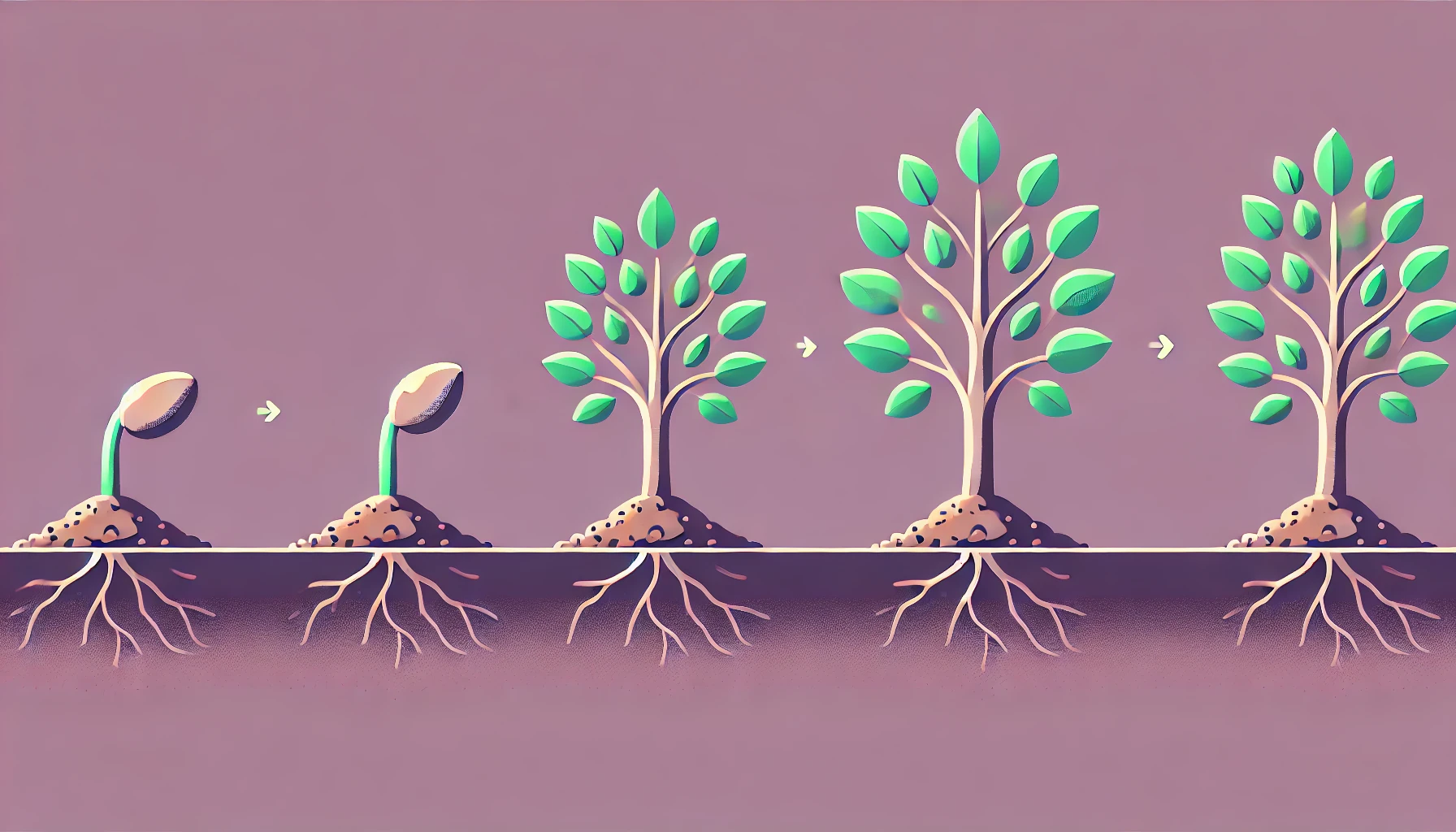
Embracing Experimentation with Teamly
The lessons of Chapter 4 are not just theoretical—they are actionable. At Teamly, a business management software platform, these principles come to life.
By leveraging Teamly’s tools for task management and collaboration, teams can streamline their experiments, track progress, and pivot quickly based on real-time insights.
The ability to manage projects with agility aligns perfectly with the Lean Startup philosophy, making Teamly an invaluable resource for innovators.
Whether you’re running a startup or managing an established company, Teamly’s features empower your team to adopt an experimental mindset.
With capabilities that support task prioritization, progress tracking, and seamless communication, Teamly ensures your team stays aligned while adapting to change.

Get Your Copy of The Lean Startup
The insights from Chapter 4 are just the tip of the iceberg.
Eric Ries’ The Lean Startup is a must-read for anyone looking to innovate, adapt, and grow in today’s fast-paced business environment. Don’t miss out on this transformative guide—get your copy on Amazon today!

